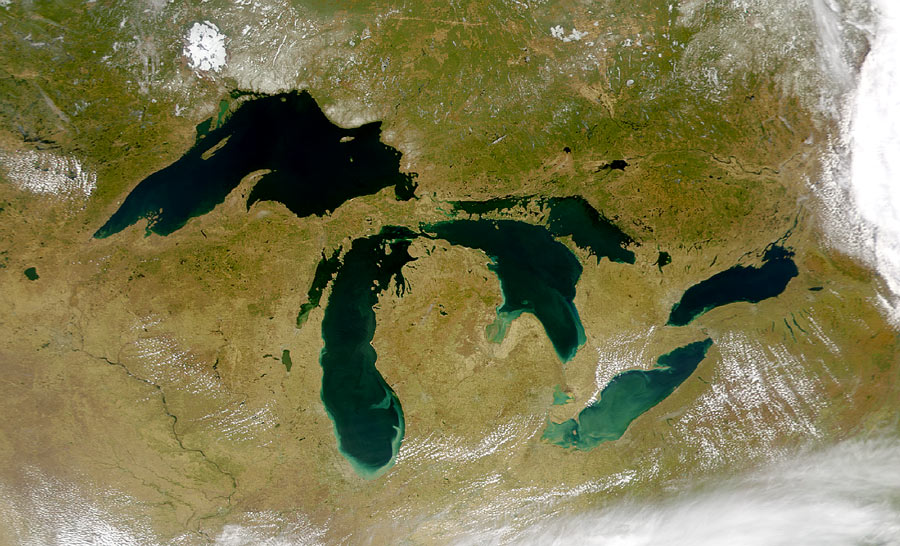Environmental groups asked the leaders of the federal parties yesterday to put their name to a pledge to make toxic pollution in the Great Lakes region a top priority. The pledge comes in the wake of several actions in the U.S. to address the Great Lakes, including new funds to clean up contaminated sediment and restore habitat and Democratic candidate Barack Obama’s plan to commit $5 billion to Great Lakes clean up and establishing a Great Lakes “czar” to oversee action.
“The Great Lakes are a defining feature of Canada’s landscape, its history, and its future,” said Fe de Leon, researcher at the Canadian Environmental Law Association. “All party leaders need to step up to the plate to protect the Great Lakes from toxic pollution. Great Lakes actions to date have been mediocre and do very little to protect and prevent toxic pollution. The status quo will mean that our Great Lakes water, fish, birds, water and residents will feel the impacts of pollution for many years to come.”
“Successive federal governments have closed their eyes to the toxic legacy that is polluting these waters, stifling communities, and devastating plant and animal habitat,” said John Jackson, director of Clean Production and Toxics at Great Lakes United. “This pledge is about refocusing attention on the Great Lakes.”
Specifically, the pledge asks leaders to:
- Support the vision of the Great Lakes Water Quality Agreement, signed by Canada and the United States, to work toward the elimination of persistent toxic substances in the Great Lakes-St. Lawrence River Basin.
- Support the call for zero discharge of persistent toxic chemicals and other toxic substances in the Great Lakes-St. Lawrence River ecosystem by: establishing a phase out and elimination strategy for toxic substances; applying a reverse onus that will require chemical users, manufacturers, importers and sellers to demonstrate safety of chemicals before use; and assessing and implementing safe alternatives; and, applying the precautionary principle
- Create a Great Lakes Clean Water Infrastructure fund to upgrade and ‘green’ municipal wastewater and stormwater infrastructure.
Past progress in addressing problems, like phosphorous, PCBs, and mercury, came because Canada and the United States worked together to find solutions. The driving force was the Great Lakes Water Quality Agreement, a pact between the two countries to maintain the health of the waters.









